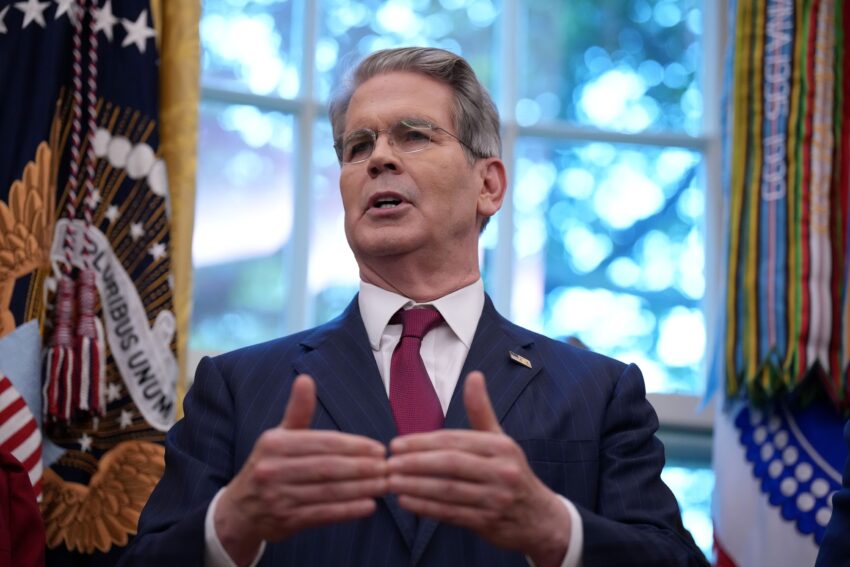U.S. Treasury Secretary Scott Bessent marked the 17th anniversary of the Bitcoin white paper on Friday with a post on X praising the network’s resilience. In his message, he added a jab at Senate Democrats, saying the system “never shuts down” and implying lawmakers could “learn something from that.” The comment served both as a policy signal and a partisan elbow.
October 31 holds special significance in the crypto community. It is the anniversary of the release of the nine-page Bitcoin white paper by Satoshi Nakamoto in 2008. This landmark document outlined a peer-to-peer electronic cash system and laid the foundation for a network that has been running continuously since January 2009. Supporters often use the anniversary to highlight Bitcoin’s always-on design and its independence from any single operator.
Bessent’s note fits into a year of crypto-forward messaging from the Treasury Department. In July, following President Biden’s signing of the GENIUS Act, Bessent called stablecoins “a revolution in digital finance” and argued that an internet-native dollar rail could reinforce the reserve-currency status of the U.S. dollar while expanding access to dollar payments. This statement was notably published on the Treasury’s official website.
In August, Bessent hinted at the creation of a Strategic Bitcoin Reserve, suggesting that Bitcoin forfeited to the U.S. would be used to seed it. He also stated that the Treasury would explore budget-neutral ways to add more Bitcoin, signaling interest in building holdings without requiring new appropriations.
Reaction to Friday’s post revealed familiar divisions within the crypto community. Long-time Bitcoin Core developer Luke Dashjr pushed back, saying Bitcoin is “weaker than ever,” referencing ongoing disputes over recent software releases and debates about maintaining network purity. Researcher Eric Wall responded sarcastically, claiming “Bitcoin died after the core v30 release,” playfully mocking persistent doom predictions following upgrades.
Investor Simon Dixon reframed Bessent’s message as a critique of currency policy, emphasizing that Bitcoin’s core appeal lies in its protection from political debasement. Other responses pressed for concrete policy action: trader Fred Krueger quipped that the Treasury should purchase Bitcoin for the Strategic Bitcoin Reserve, while digital-asset strategist Gabor Gurbacs urged putting Bitcoin “on the balance sheet.”
The replies generally split into two camps: technical purists who contested blanket claims of Bitcoin’s resilience, and market participants who urged the Treasury to turn rhetoric into acquisition policy.
The political undertones of Bessent’s post were sharpened by its timing. Since October 1, the federal government has been in a partial shutdown after Congress failed to pass fiscal 2026 appropriations. This has resulted in roughly 900,000 furloughs, about 2 million employees working without pay, and curtailed operations at key agencies such as the NIH and CDC. This episode marks the 11th shutdown to affect federal services and is described as the longest full shutdown on record.
Viewed narrowly, Bessent’s post celebrated a network that operates continuously, even on weekends and holidays. Viewed politically, it contrasted Bitcoin’s uninterrupted uptime with a Congress gridlocked over funding bills—another sign that the Treasury chief intends to keep digital assets firmly in the policy conversation during Washington’s busiest and most challenging days.
https://bitcoinethereumnews.com/bitcoin/u-s-treasury-secretary-scott-bessent-praises-bitcoins-resilience/?utm_source=rss&utm_medium=rss&utm_campaign=u-s-treasury-secretary-scott-bessent-praises-bitcoins-resilience
